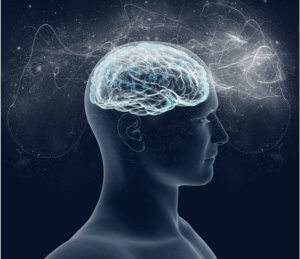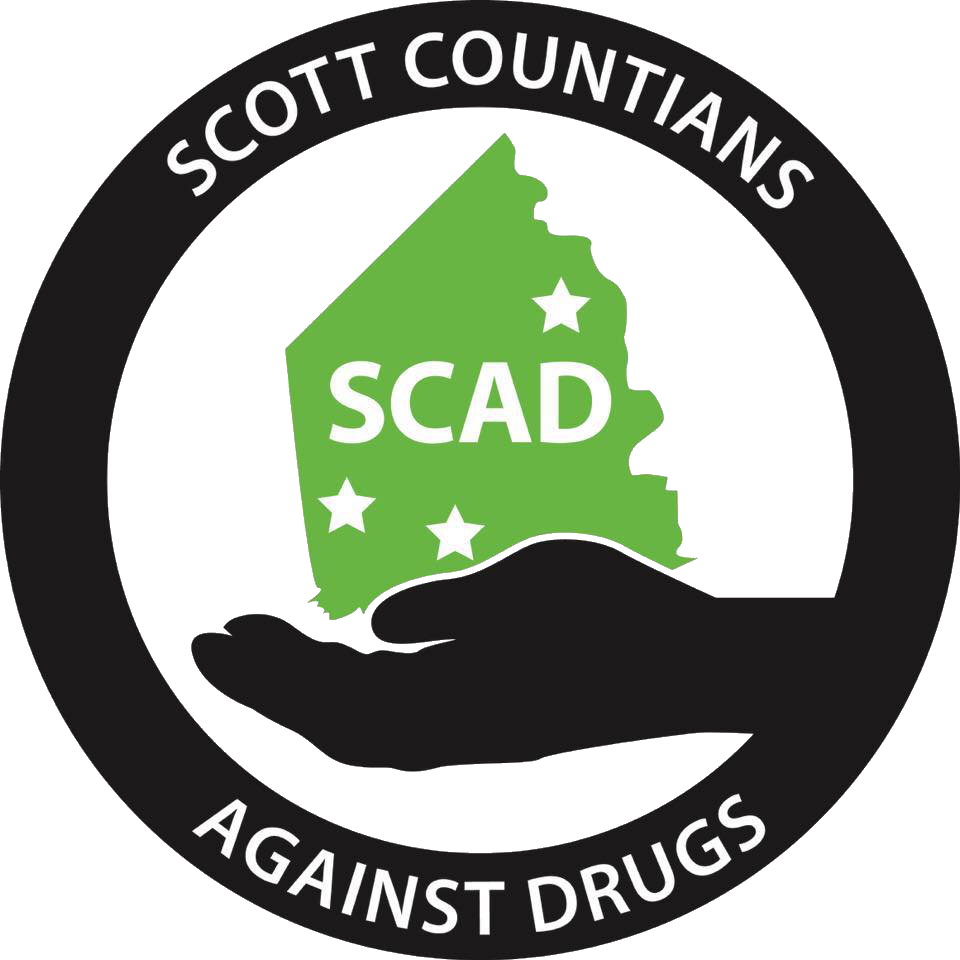Addiction and the Brain
Just like diabetes, heart disease, and other chronic conditions, addiction is an illness that requires treatment. According to the American Society of Addiction Medicine (ASAM), “addiction is a primary, chronic disease of brain reward, motivation, memory, and related circuitry.”
Multiple areas of the brain are involved in the neurobiology of addiction. Addiction especially impacts the neurotransmission, how parts of the brain “talk” to one another, and function of the brain’s reward system, also known as the mesolimbic dopamine pathway.

What is the Disease of Addiction?
Thomas W. Doub, PHd, CHC explains why addiction is a chronic disease, how it impacts the brain, and options for managing and treating this disease.

Did you know?
 According to the Diagnostic and Statistical Manual of Mental Disorders, Fifth Edition (DSM-5), symptoms of a substance use disorder may include:
According to the Diagnostic and Statistical Manual of Mental Disorders, Fifth Edition (DSM-5), symptoms of a substance use disorder may include:
- A desire or unsuccessful attempts to control, decrease, or stop substance use.
- Continued substance use despite the problems it causes.
- Cravings to use the substance.
- Excessive time spent obtaining, using, or recovering from a substance.
- Often use substance more than intended.
- Ongoing need to increase use to achieve same effect.
- Recurrent use of substance in risky situations.
- Relationships negatively impacted by substance use.
- Stopping or decreasing important activities because of the substance.
- Substance interferes with fulfilling obligations.
- Withdrawal symptoms if substance use is stopped.
Risk Factors for Addiction
There are many factors that can increase an individual’s risk of developing an addiction, including their genetics, environment, biology, psychology, age of first use, addictiveness of substance used, and frequency of substance use. Environmental risk factors may include family, culture, peers, social support (or lack thereof), trauma, stressors, toxins, and availability/accessibility of substances. Biological risk factors may include deficits in neurological function, inflammation from various causes, and other physical illnesses. Psychological risk factors may include thought patterns, cognitive and affective distortions, temperament, impulse control, and other mental illnesses.
Our Approach to Addiction Treatment
At AAC, we approach every individual as a whole person who is full of unique strengths and potential but may be facing multiple challenges.

Holistic Care
In addition to addiction treatment, we provide treatment for co-occurring mental illnesses and offer holistic care to promote physical, spiritual, social, and occupational well-being, thereby helping individuals overcome their struggles with addiction and live healthier, happier lives.

Types of Treatment
Depending on the facility, treatments available at AAC facilities may include individual psychotherapy, group therapy, medication assisted treatment (MAT), family therapy, alternative therapies, and holistic care.

Levels of Care
AAC offers several levels of care, including medical detox, residential treatment, intensive residential treatment, partial hospitalization programs, intensive outpatient programs, regular outpatient services, and sober living homes. Clients are referred to the appropriate level of care based on his or her individual needs as assessed through comprehensive evaluations at admission and throughout his or her participation in the program.
